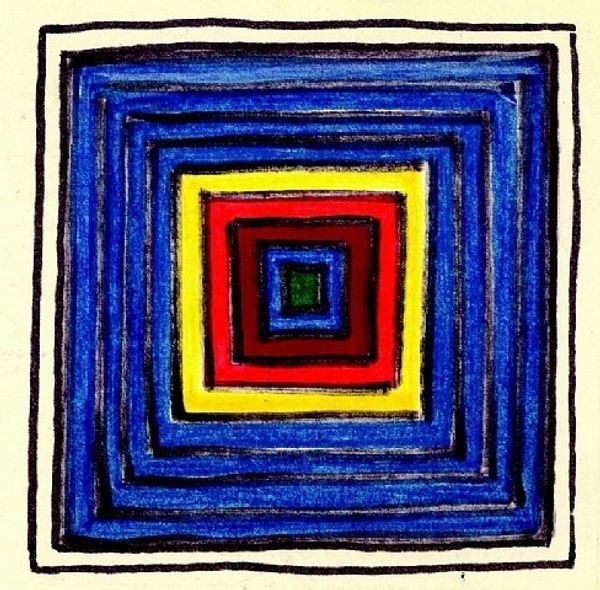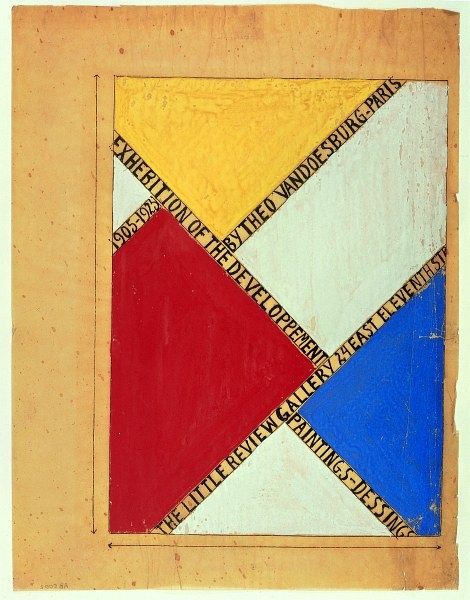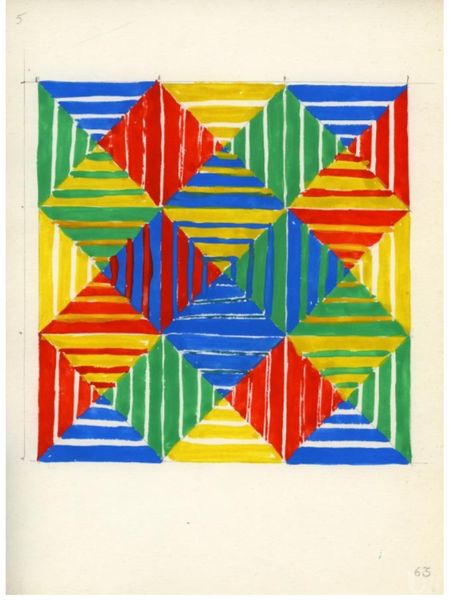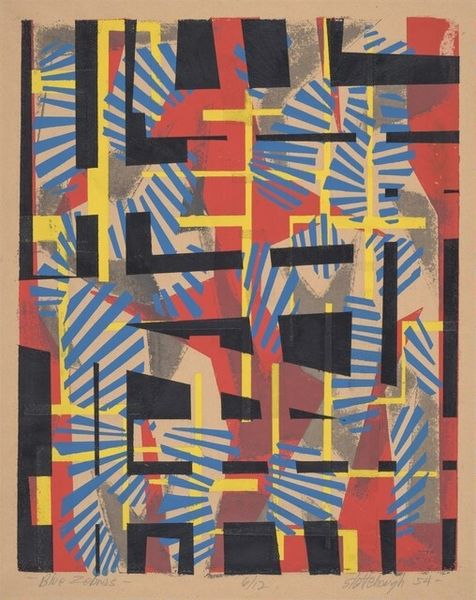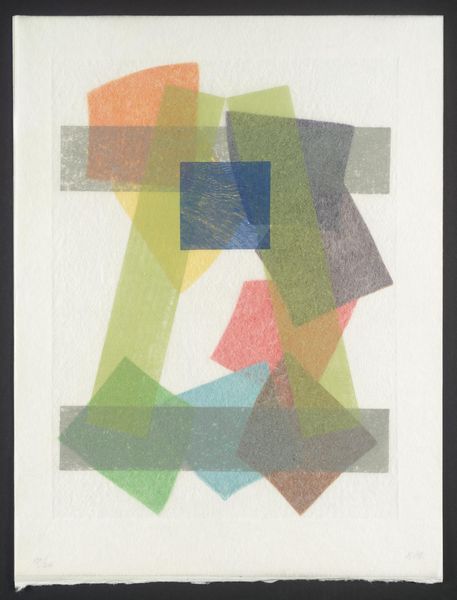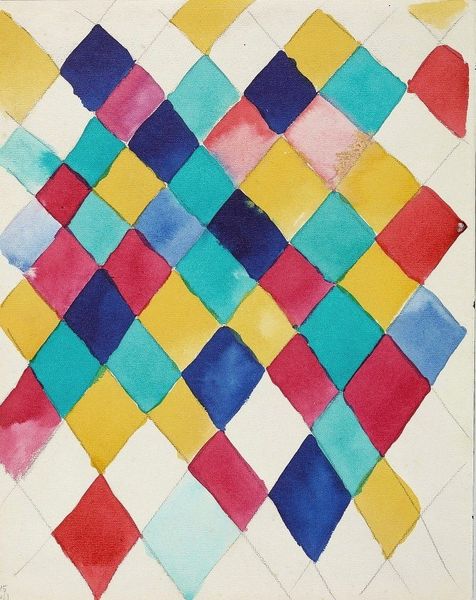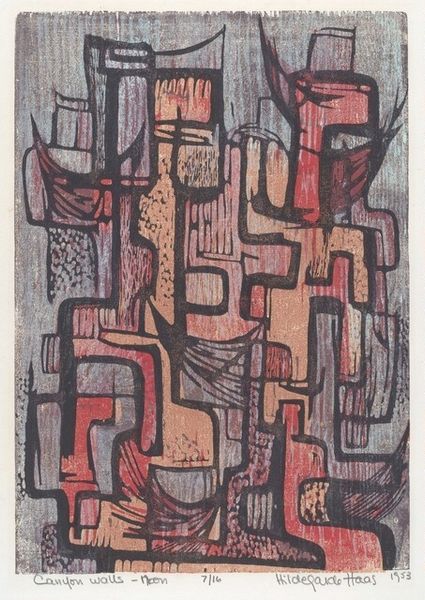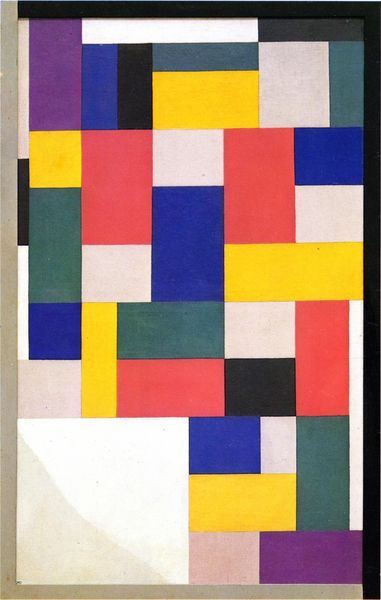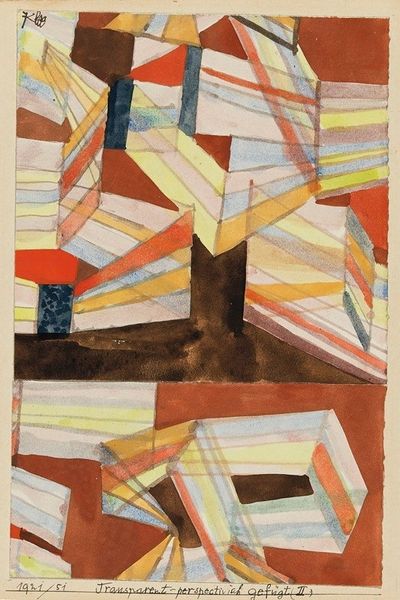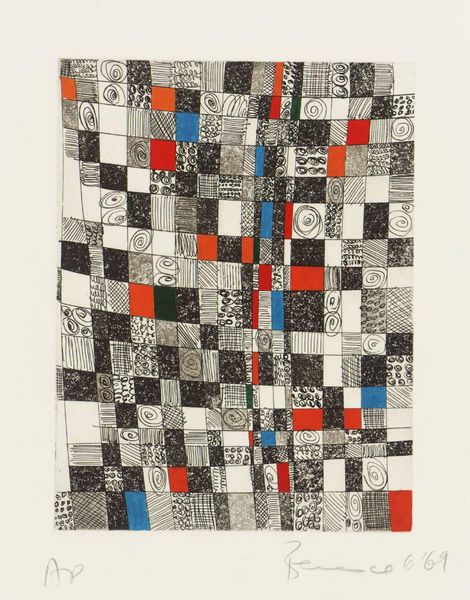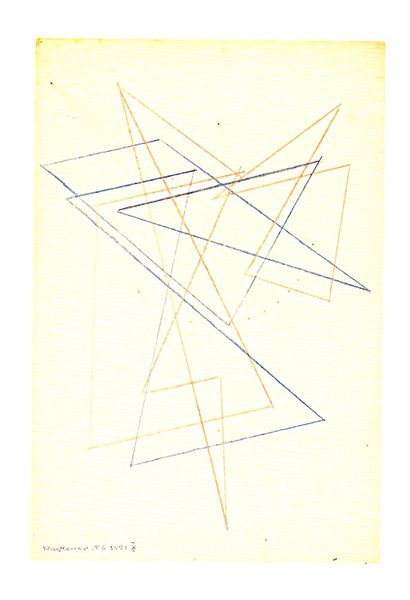
drawing, pencil
#
abstract-expressionism
#
drawing
#
pattern
#
geometric pattern
#
subtle pattern
#
organic pattern
#
geometric
#
pencil
#
geometric-abstraction
#
vertical pattern
#
line
#
pattern repetition
Dimensions: sheet: 24.13 × 15.88 cm (9 1/2 × 6 1/4 in.)
Copyright: National Gallery of Art: CC0 1.0
Editor: This is an untitled drawing from 1962 by Howard Mehring. The piece is made up of squares within squares, using colored pencils to create a geometric pattern. I'm really drawn to how simple, yet captivating the overall composition is. What do you see in this work? Curator: What strikes me is the context of 1962. Think about the Civil Rights Movement gaining momentum, the Cold War anxieties… How might Mehring's choice of pure geometric abstraction, with its emphasis on order and system, speak to or perhaps even resist these tumultuous times? Is this an escape into pure form, or is there a commentary on the desire for control and stability amidst chaos? Editor: That's an interesting angle. I was focused on the visual aspects. Curator: Absolutely, the visual aspects are key! Notice the interplay of colors. What does the artist choice of offsetting certain hues accomplish, especially knowing that the colors may represent division during this time period? Editor: It's a way to avoid the color being associated with any specific thing going on at the time, but still acknowledges them by putting it on the surface. So, it's both a statement and a… diversion, in a way. Curator: Precisely! And think about how abstract expressionism itself, with its roots in personal emotion, was being challenged by movements like Pop Art at the time. Was Mehring's geometric abstraction a departure, and, if so, what socio-cultural concerns did this represent? Editor: So, it is like he's pulling back to see it on the surface level, a change from revealing everything, even just slightly, so viewers could also feel connected and understood through its face value rather than personal expression? Curator: Exactly! By acknowledging how different socio-cultural phenomenons, abstract art can be seen with a different lens when applied to more recent events and movements! Editor: This has broadened my view! I realize now how essential context is for deeper reflection! Curator: Indeed! By layering historic social concepts, we've managed to construct another image and story for this art piece that also relates to current happenings!
Comments
No comments
Be the first to comment and join the conversation on the ultimate creative platform.
